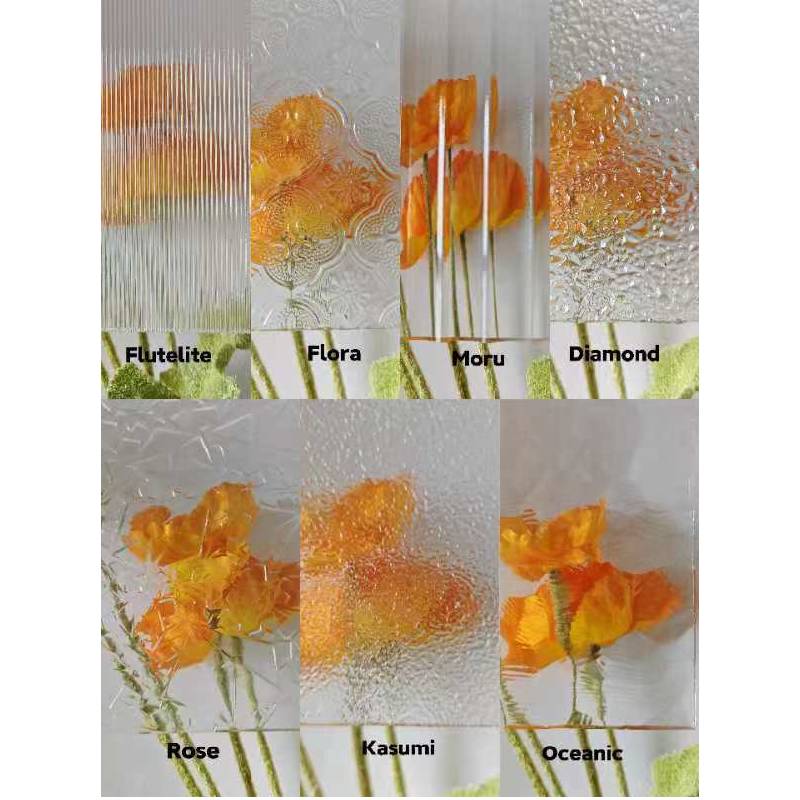

Understanding Tinted Glass Prices Factors and Market Trends
Tinted glass, a popular choice for both residential and commercial applications, is known for its ability to reduce glare, block UV rays, and maintain privacy while allowing natural light to filter through. As the demand for energy-efficient and aesthetically pleasing architectural solutions continues to rise, the market for tinted glass is expanding. However, understanding the price of tinted glass can be complex, influenced by a multitude of factors.
Factors Affecting Tinted Glass Prices
1. Type of Tinting The type of tint applied significantly affects the price. There are various options, including dyed, metalized, and ceramic tints, each with unique properties and manufacturing processes. For example, dyed glass typically offers a variety of colors but may be less durable than metalized or ceramic options, which can provide better UV and infrared light rejection. The cost of the materials and the technology used in production will vary accordingly, directly impacting the final price.
2. Thickness and Size of the Glass The dimensions and thickness of the glass also play a crucial role in pricing. Thicker glass not only provides greater durability but also better insulation properties. Larger panels require more raw material and may result in higher transportation and handling costs. Therefore, consumers looking for larger or thicker tinted glass options can expect to pay a premium.
3. Application and Installation The intended application of tinted glass, whether for windows, doors, or even decorative features, influences pricing. Custom-cut designs for unique architectural requirements may increase costs due to additional labor and material adjustments. Moreover, installation services can vary in price depending on the complexity of the project and regional labor costs.
4. Energy Efficiency and Performance Energy-efficient tinted glass that meets certain performance standards, such as low emissivity (Low-E) coatings, can be more expensive than standard options. These products typically offer additional benefits, such as improved thermal performance, which can lead to energy savings over time. For eco-conscious consumers, the long-term cost benefits of energy-efficient tinted glass may justify the initial higher price point.

5. Brand and Quality The brand reputation and quality of the tinted glass can significantly impact its price. Well-established brands that invest in quality control and advanced technology may charge more for their products. Consumers often perceive higher-priced options as more reliable and durable, making brand loyalty a significant factor in pricing disparities.
6. Market Trends and Demand Like any market, the price of tinted glass can be influenced by overall demand and supply dynamics. Economic trends, construction booms, or downturns can affect material prices and availability. Additionally, the growing trend of sustainable building practices has increased interest in tinted glass products, leading to higher demand and potentially higher prices.
Current Market Insights
As of late 2023, the tinted glass market has seen a notable increase in demand as more builders and homeowners recognize the benefits of energy efficiency and aesthetics combined. In urban environments where privacy and glare reduction are critical, tinted glass installations are on the rise. The growing popularity of smart glass technology, which can change tint based on light conditions, is pushing price points higher, reflecting innovations and advancements in the field.
Moreover, the rising costs of raw materials due to supply chain disruptions and inflation have also impacted the tinted glass market, leading to fluctuating prices. Consequently, consumers should be prepared for potential variations in pricing based on ongoing market conditions.
Conclusion
Understanding the price of tinted glass requires consideration of multiple factors, from the type and size of the glass to market trends and installation challenges. As the demand for tinted glass grows, consumers will find a range of options at different price points, offering both functional and aesthetic benefits. By staying informed about these factors, potential buyers can make educated decisions that best fit their needs and budgets. Whether for improving energy efficiency or enhancing privacy, tinted glass remains a viable choice for modern architecture.